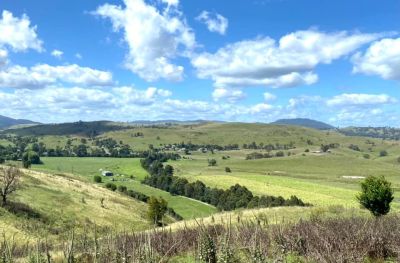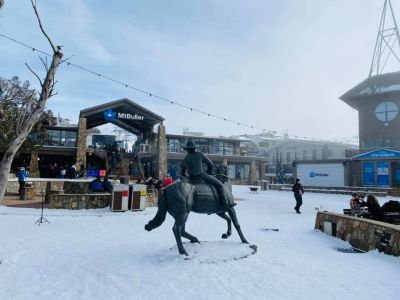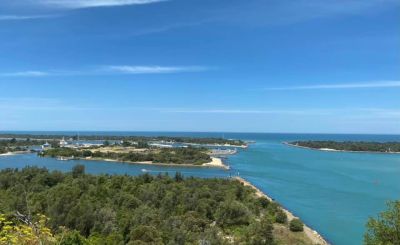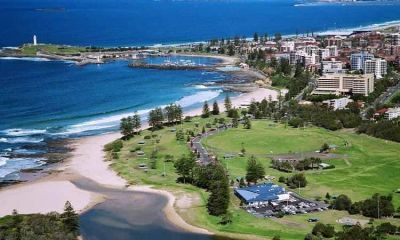Ballarat city the first independent Footsprint of Australian
VBooking - Ballarat city the first independent Footsprint of Australian
Ballarat, located about 100km west of Melbourne, is a fascinating destination steeped in history.
In 1838, a Scottish immigrant settled on the shores of Black Swamp, marking the beginning of the area's history. The name Ballarat is believed to be derived from the Aboriginal words "Balla" and "Arat," meaning resting or camping place. Initially, it was written both as Ballaarat and Ballarat until 1994 when the City Council officially chose the latter. Ballarat gained prominence not only as the third largest city in Victoria but also because it was a site of significant gold discoveries.
Gold was first discovered in 1851, leading to an influx of approximately 20,000 people to the area the following year. The township of Ballarat was established and grew into a municipality by 1863, becoming a city by 1870.
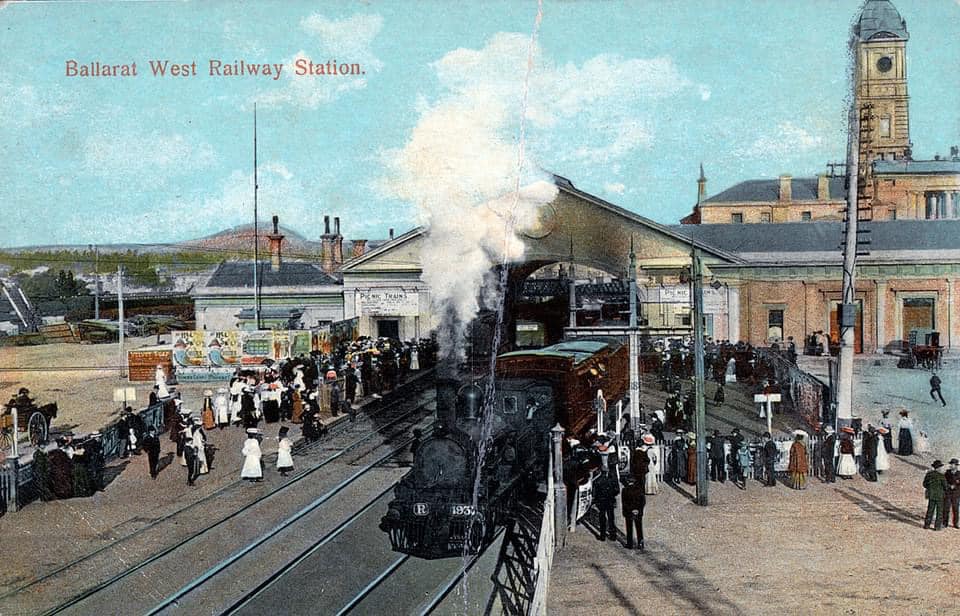
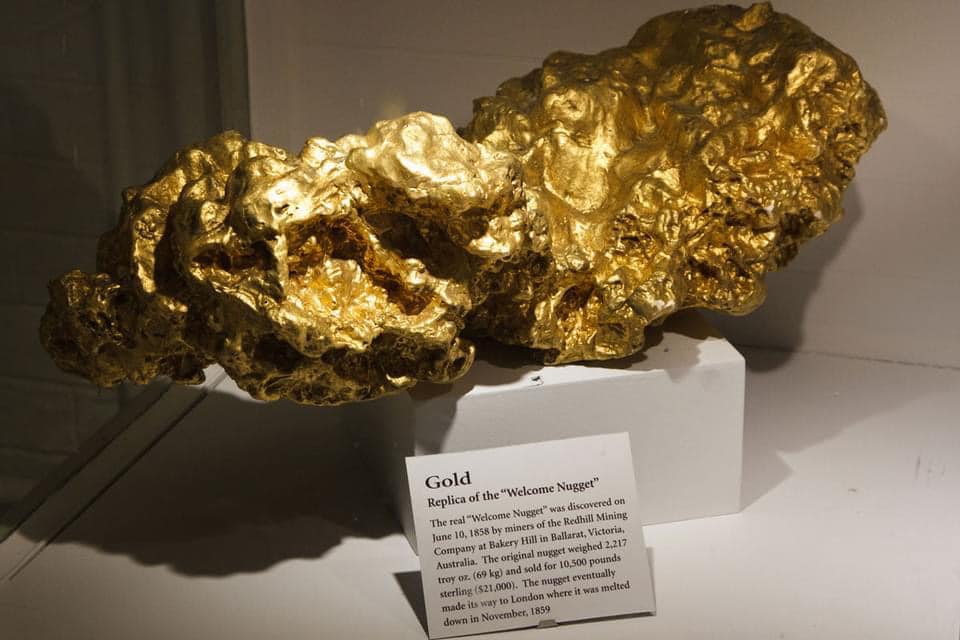
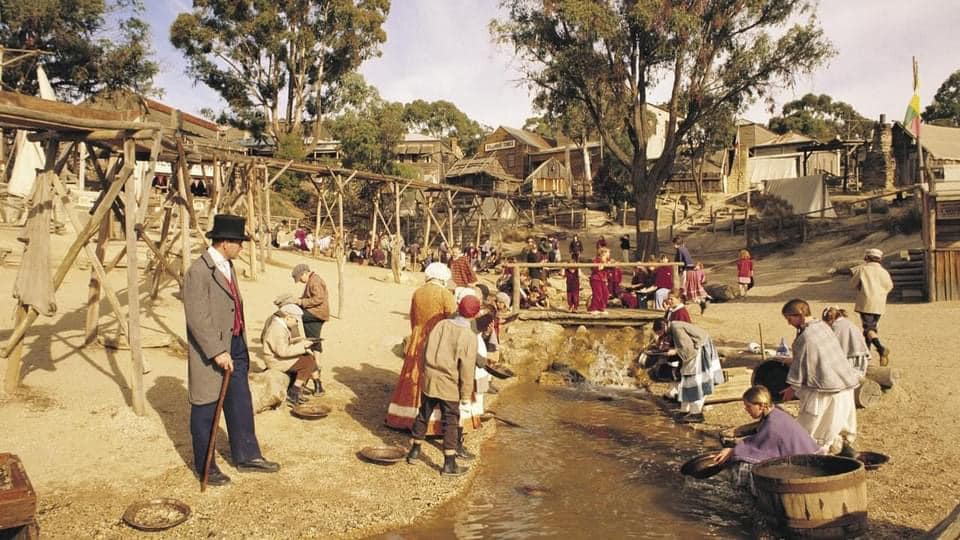
Sovereign Hill, an open-air museum in the former gold mining precinct, vividly recreates Ballarat's past. Visitors can experience the atmosphere of the 1850s with horse-drawn carriages, wooden buildings, shops, and residents dressed in period costumes. You can even try your hand at panning for gold and keep any nuggets you find, adding a touch of excitement to the historical immersion.
The Eureka Rebellion left a lasting imprint on Australian history. The torn and faded Eureka Flag, symbolizing the miners' fight for freedom, is meticulously preserved at the museum. Images of the uprising and names of those who sacrificed their lives are displayed with great respect.
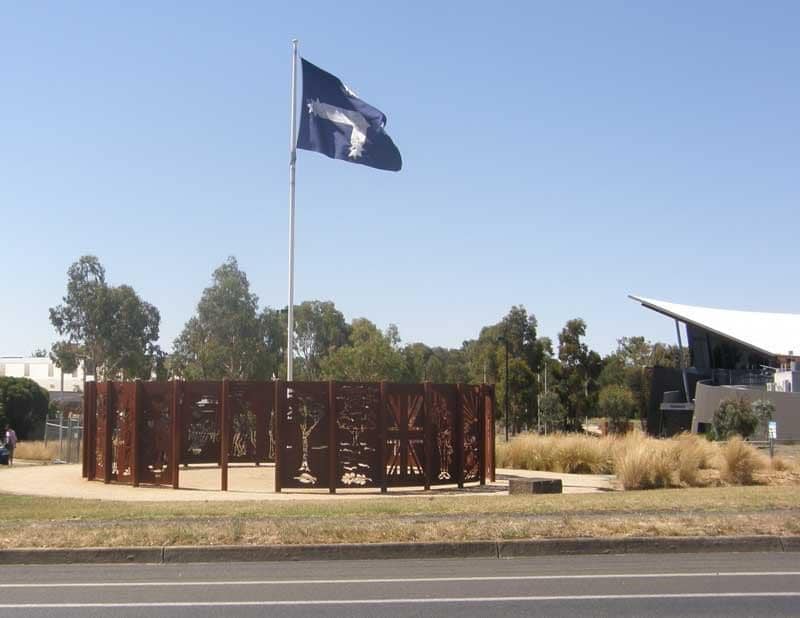
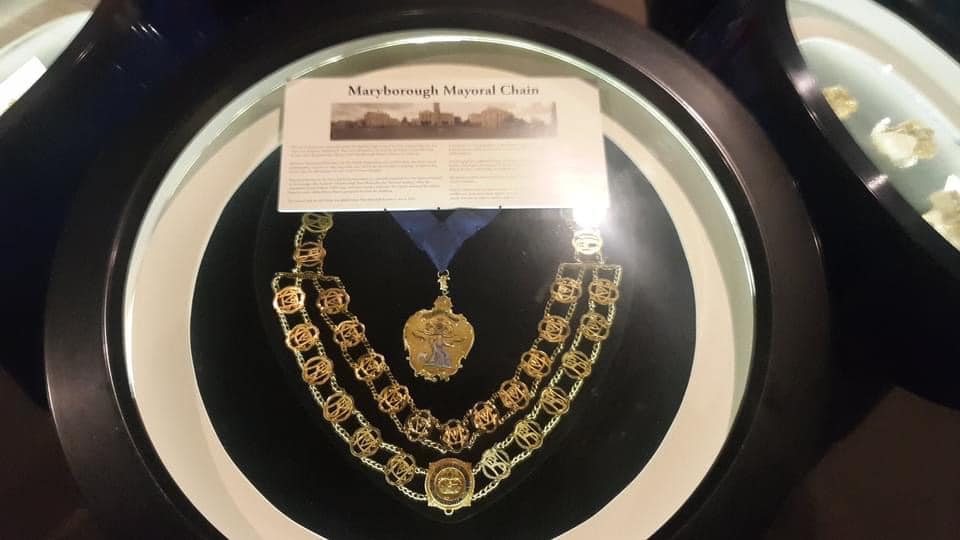
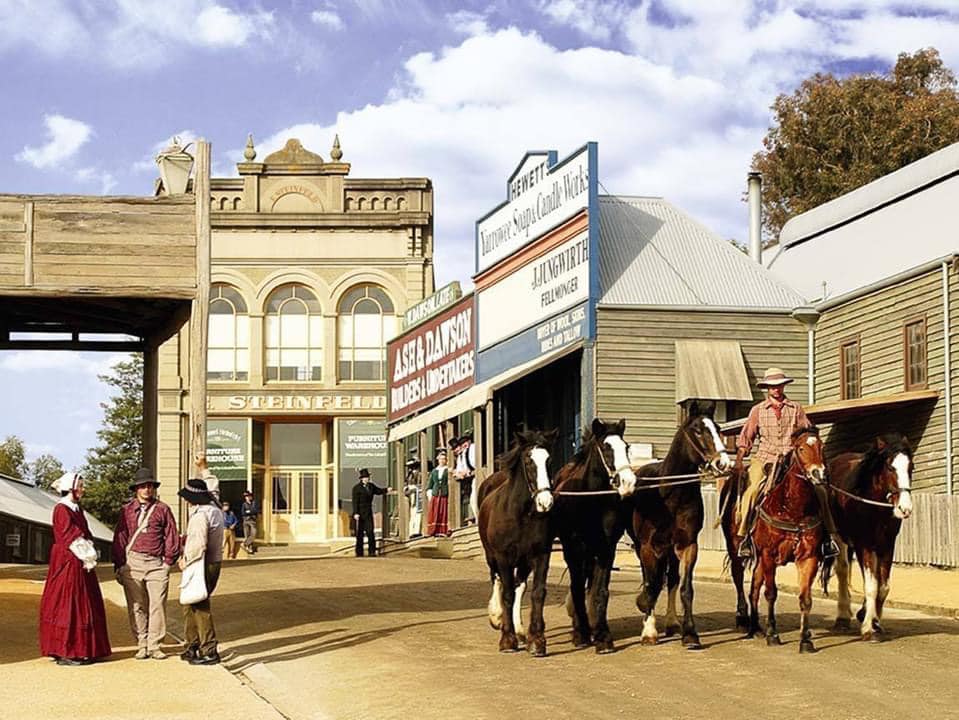
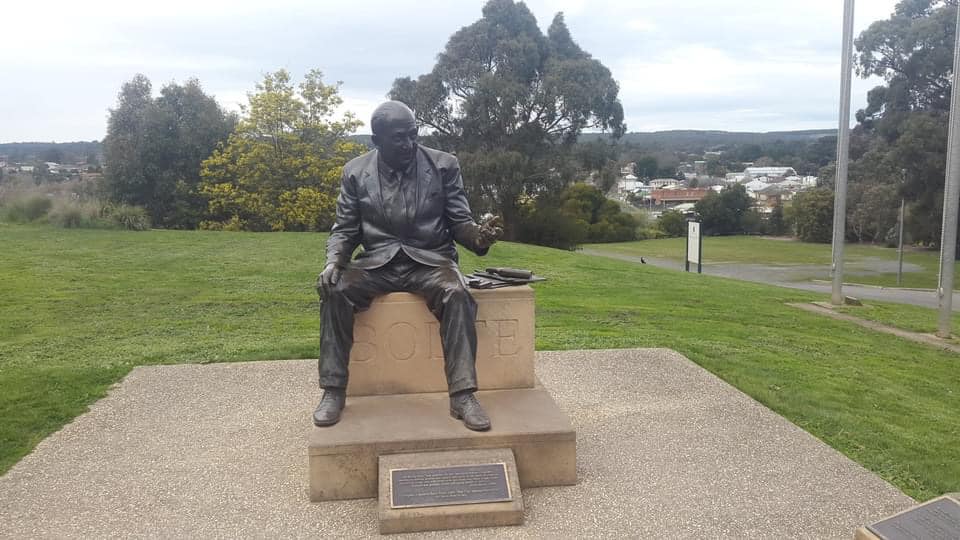
Another Travel Blog
-
Lakes Entrance and Royal Cave
Located about 300 km northeast of Melbourne, Lakes Entrance offers a wealth of fascinating experiences. One particularly impressive destination is Royal Cave, one of three caves in Royal Park—an expansive primeval forest featuring Carnaval Park, appealing...
-
Buller snow Mountain
Located nearly 300 km from Melbourne, Buller Mountain is a large and beautiful snow mountain, making it an attractive destination in winter. From the parking lot, a bus transports visitors up the mountain. There, you will find various slopes where familie...
-
Discover Adelaide part 2
Located about 14 km from the city center, Port Adelaide is renowned for its museums, restaurants, and heritage buildings that reflect the early prosperity of Adelaide. In this coastal area, you have the chance to see dolphins up close and visit museums wi...
-
Lake Entrance Trip
Located approximately 300km from Melbourne, the towns of Lakes Entrance and Kalimna in Bairnsdale, East Gippsland are fantastic destinations.
-
Wollongong
The beautiful coastal city is located in the Illawarra region, 82 km south of Sydney. With a population of about 200,000, it is the third largest city in New South Wales (after Sydney and Newcastle) and the ninth largest in Australia. Wollongong is renown...
-
Ballarat and Lake Wendouree
Ballarat nổi tiếng với dấu ấn của khu mỏ vàng xưa, nên ở cửa ngõ TP. có tượng người thợ đào vàng với chiếc cuốc trên vai và con chó đứng bên. Trở lại Ballarat lần này, tôi có thêm trải nghiệm thú vị.Trung tâm TP. Ballarat đường phố rộng đẹp, những dãy nhà...
-
Australia national museum
From the main thoroughfare of the capital city Canberra, looking down towards the large lake, there is a cluster of architecture highlighted by a striking "ribbon" of colossal proportions, stretching high with a vibrant orange segment that catches the eye...
-
Werribee Rose Garden
The Werribee Rose Garden is located within Werribee Park in the southern part of Victoria state, near the Werribee River, amidst dairy farms, grazing lands, and orchards.



